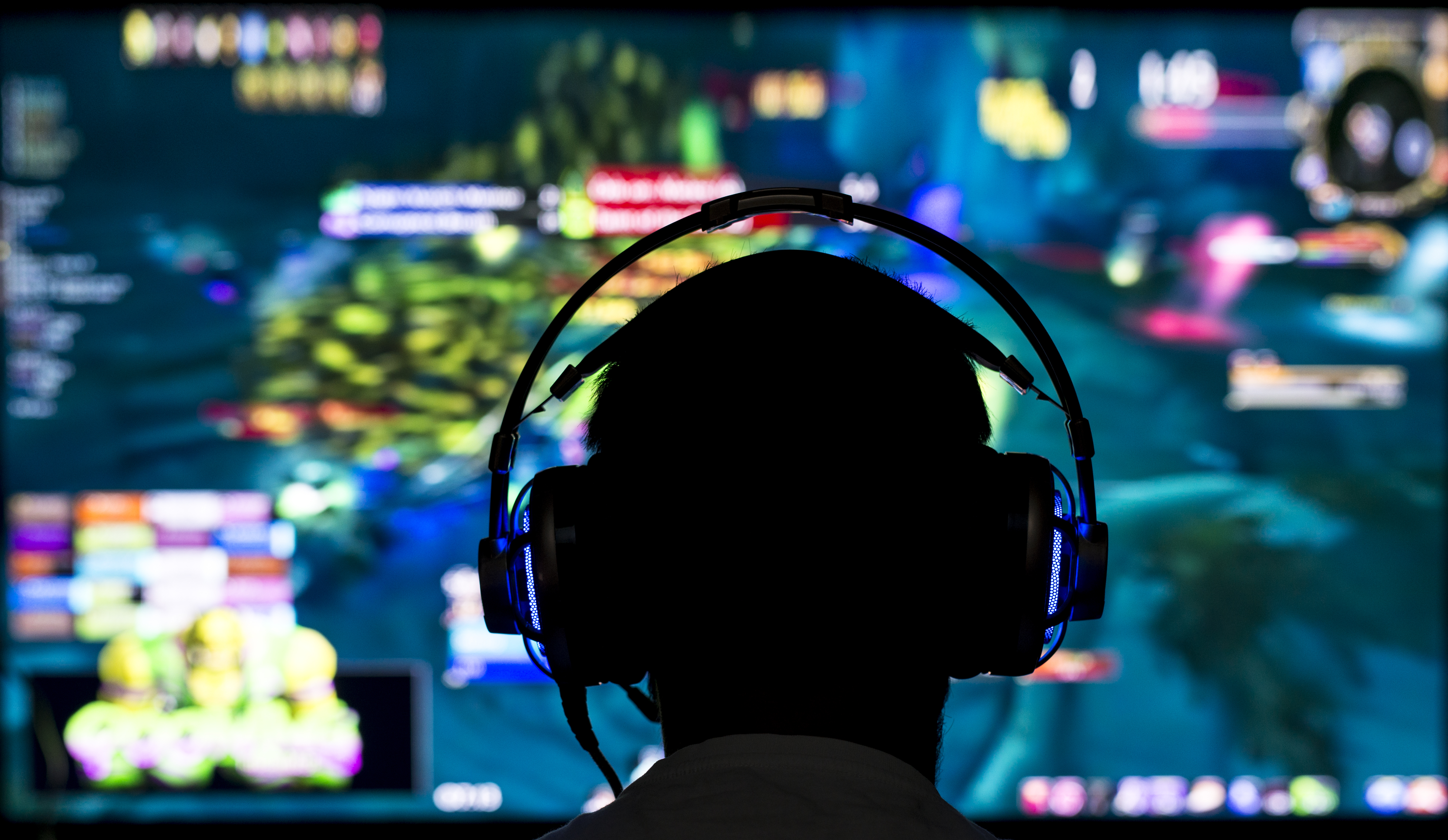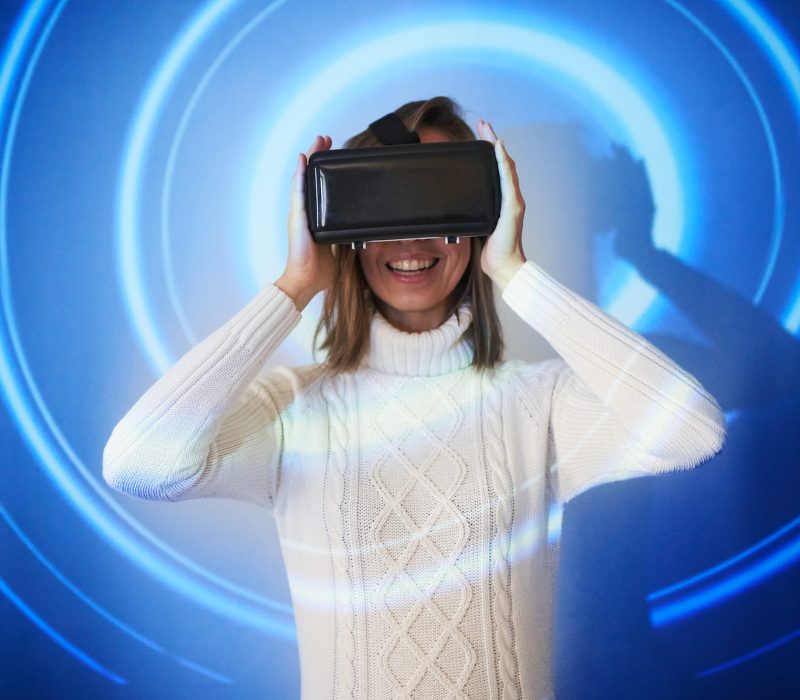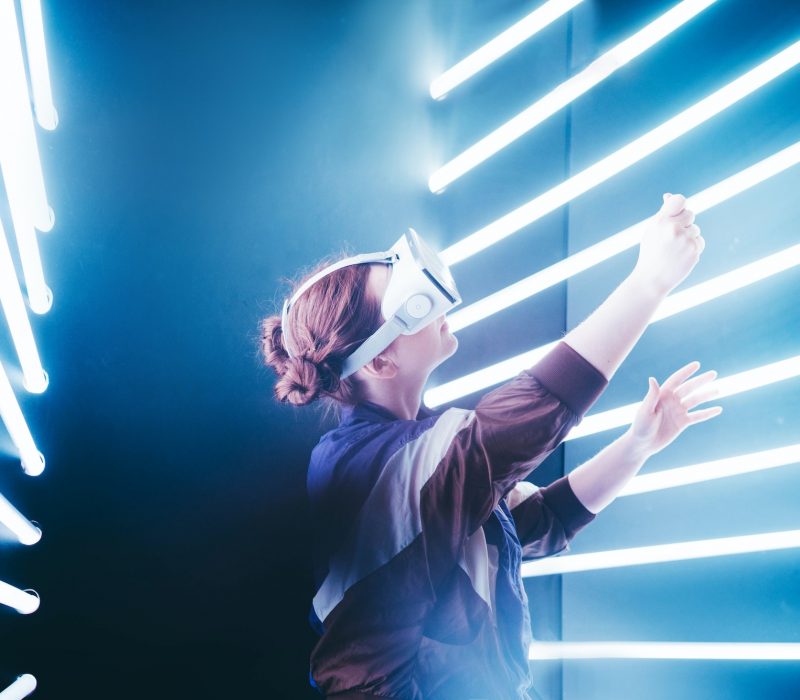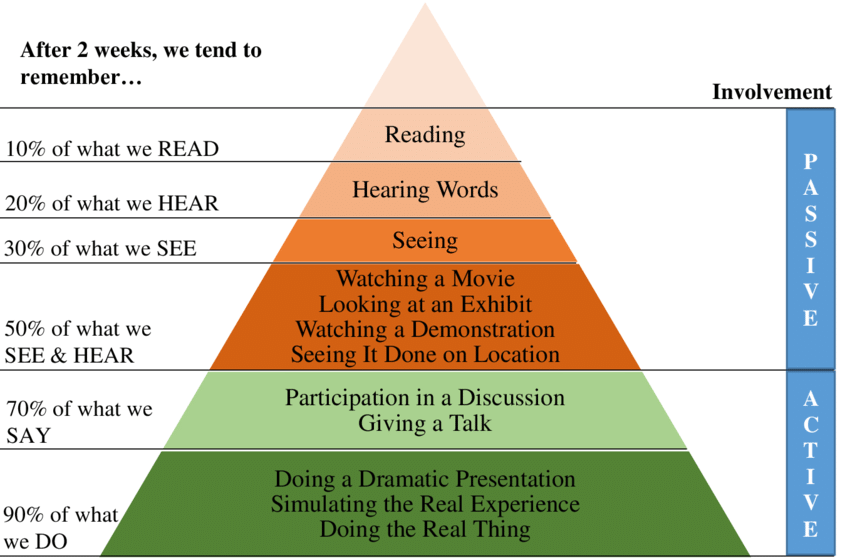Unlocking the Educational Potential: Augmented Reality and Virtual Reality in Teaching

Unlocking the Educational Potential: Augmented Reality and Virtual Reality in Teaching
Embracing Technological Transformation in Education
Traditionally considered slow adopters of new technology, the public education sector is undergoing a transformative shift, led by innovative institutions and forward-thinking educators. Cutting-edge technologies are reshaping the educational landscape, making the once elusive augmented reality (AR) and virtual reality (VR) more accessible than ever. With affordable peripherals and user-friendly software, the era of widespread AR and VR adoption is on the horizon, poised to become as commonplace as the household television.
Riding the Wave of Digitization
Even before the COVID-19 pandemic compelled schools to shutter their doors, the education sector was already immersed in a digital revolution. Educators sought ways to enhance interactivity, engage students, and improve knowledge retention. While unfortunate, the pandemic accelerated the shift towards virtual interactions, pushing educators to explore the vast potential of AR and VR in teaching.
Experiential Learning: A Time-Tested Approach
Recognizing the effectiveness of experiential learning, educators have long
understood that active participation fosters better retention. The “Cone
of Experience” introduced by Edgar Dale in the 1960s reinforced this
notion, emphasizing the superiority of “learning by doing.” AR and VR
epitomize experiential learning, offering students immersive and engaging
experiences that transcend physical and virtual boundaries.
Augmented Reality: Bridging the Digital and Physical Realms
AR, a current tech trend, overlays digital enhancements onto the real-world environment. As smartphones and other devices become AR-enabled globally, educators can leverage this technology to capture student attention instantly. Teaching with AR fosters interactivity, allowing students to transform 2D images into 3D models using their devices, promoting a flipped classroom dynamic without the need for additional equipment.


Virtual Reality: A New Dimension in Learning
Though around for three decades, VR has recently gained mass popularity with affordable devices like the Oculus Quest 2. VR offers an unparalleled avenue for immersive learning, enabling students to explore abstract concepts by taking virtual tours inside the human brain, outer space, or historical sites. The distraction-free nature of VR ensures deep concentration, making it a promising tool for distance learning and potentially the new norm in education.
Benefits Unveiled: AR and VR in Teaching
Crafted with Universal Design for Learning (UDL) principles, the following list underscores the manifold advantages of integrating AR and VR into teaching practices.
- Collaborative Learning: AR and VR foster hyper-collaboration, engaging teachers and students in activities that mimic real-life interaction.
- Kinesthetic Learning: Intelligent STEM and humanities content in AR/VR provides students with hands-on, tactile learning experiences that are otherwise challenging to achieve in traditional classrooms.
- Multi-Sensory Experiences: AR and VR engage multiple senses simultaneously, inspiring and exciting learners by offering integrated visual, auditory, and tactile experiences.
- Student Engagement: Learning management systems supported by AR and VR enhance student participation through interactive and immersive content.
- Contextualized Learning: AR and VR bring context to education by allowing students to virtually explore historical artifacts or locations.
- Gamification: The inclusion of games in AR and VR
learning makes the educational process interactive and enjoyable for students
of all ages. - Distraction-Free Environment: VR provides a focused
learning space, aiding better understanding of concepts and improved memory
retention. - Accessibility Beyond Boundaries: AR and VR enable
virtual travel to otherwise inaccessible places, breaking down the physical
confines of the classroom. - Improved Conceptual Understanding: AR and VR offer a
360-degree view of abstract topics, enhancing students’ understanding of
complex subjects. - Expression of Individuality: AR/VR learning experiences empower students to explore personal interests, build unique profiles, and express themselves freely within a virtual space.
Augmented Reality and Virtual Reality aren’t just future technologies; they’re here now. For schools planning to embrace EdTech solutions, choosing AR and VR-supported solutions is a step toward a dynamic, immersive, and individualized learning experience.
Statistics and references from: https://icarus.so/10-benefits-of-augmented-reality-and-virtual-reality-for-teaching/


